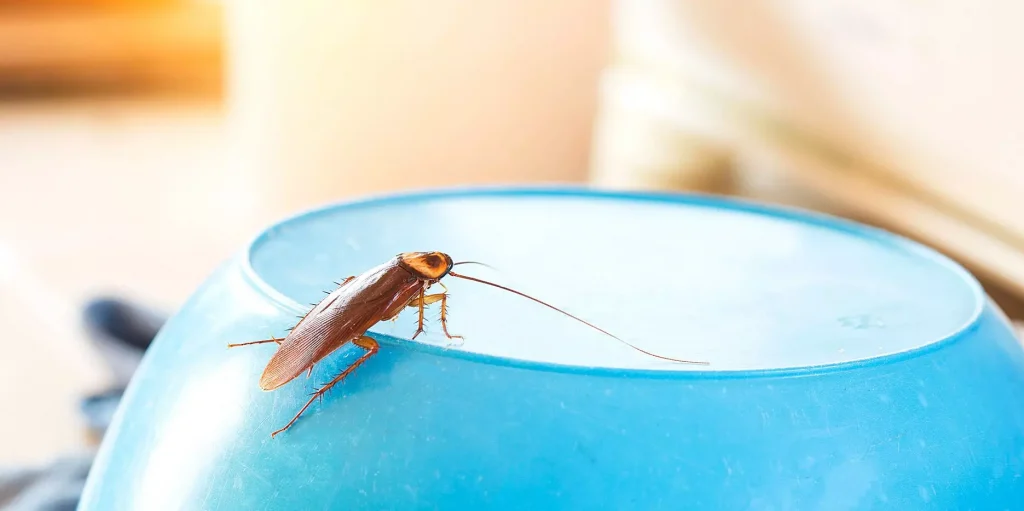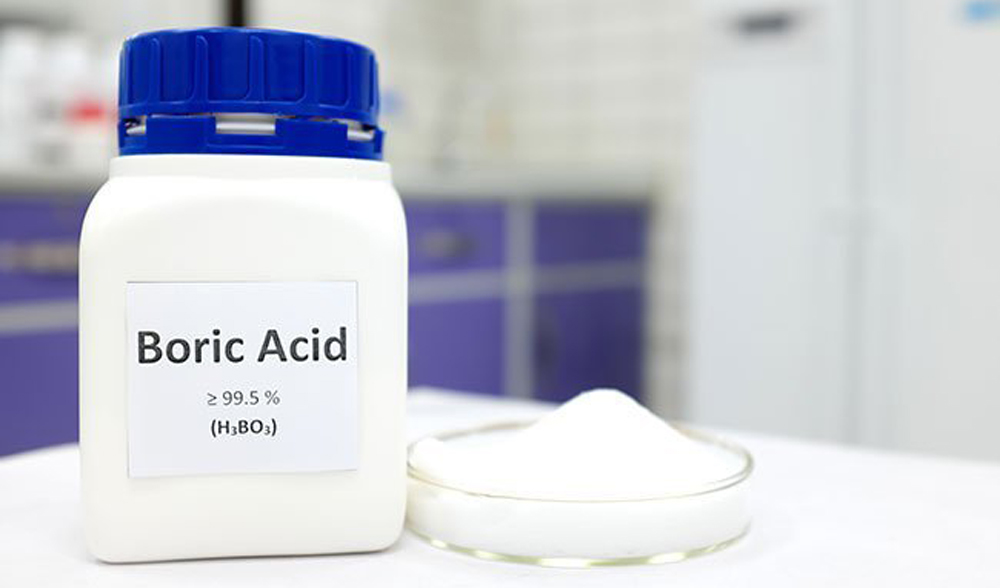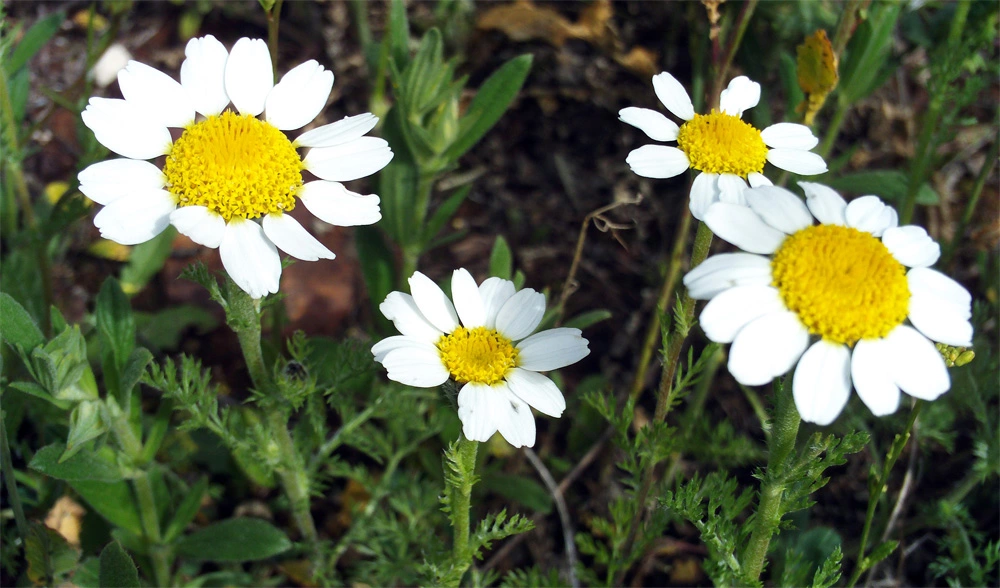Approaches that are commonly adopted for pest problems include physical methods and the use of chemical products containing many types of active ingredients. Pest control companies often choose products that contain a variety of chemicals. The advantage of using chemical insecticides over physical methods is that they can produce good results in a short period of time. When faced with a wide variety of chemical insecticide products, making the right choice requires an acquaintance of the ingredients they contain. This helps to choose the most appropriate insecticide products and avoid the harm of using more than necessary products, especially when they will be used in the production of indoor insecticide products.
The reason for the emphasis on choosing the appropriate pesticides is that firstly, the safe use of insecticides should always be considered when an insecticide will be used upon certain pest problem. Then, the use of the wrong chemicals can make the pest problem even worse. For specific pest problems, there should be specific solutions. The following is an introduction of some of the commonly used chemicals by pest control companies and their characteristics.
Fipronil
Fipronil is a broad-spectrum insecticide ingredient. When it is used, it will interrupt the central nerve system by blocking the ligand-gated ion channel of the GABA A receptor and glutamate (GluCl) Channels. This effect can be achieved because fipronil has a stronger binding affinity for the GABA receptors of the insects than that of mammals. And there is no glutamate-gated chloride (GluCl) channels in mammals. An overexcitation of nerves and muscles will emerge in the pests when they have ingested fipronil.
Fipronil can effectively kill pests like cockroaches, ants, termites, fleas, ticks, crickets, weevils, etc. For its effectiveness against a variety of pests, fipronil is often used as an active ingredient in household cockroach traps, flea control products, pest control practice in commercial outdoor lawns, etc.

Hydramethylnon
Hydramethylnon is a mitochondrial respiratory blocker of insect cells, which is mainly used for the control of ants and cockroaches in agriculture and family environment. Different from pyrethroids and organophosphorus insecticides, hydramethylnon realizes the killing of pests in the form of gastric toxicity. Hydramethylnon is very effective in the killing and control of termites, ants and cockroaches. When acting on target pests, it kills pests by affecting their respiratory and metabolic activities. In addition to the applications in home environment, hydramethylnon is also applied in the control of red imported fire ants in pastures, grasslands and lawns.
When it is used on cockroaches, it was found in their stomachs, intestines and feces after the cockroaches have ingested the insecticide containing hydramethylnon. Since there is cannibalism in the colony of cockroaches, this habit will realize the transmission of the ingredient, which can finally realize the elimination of whole colony of cockroaches. The incubation period of hydramethylnon in pests can be quite long. Its advantages are also reflected in its high activity, low dosage demand, good moisture retention and minor negative impacts to humans and animals.
Boric Acid
Boric acid, an inorganic acid, is a common insecticide ingredient used on cockroaches, ants, termites, fleas and other reptile pests. When applied to pests, boric acid affects their metabolism and corrodes their exoskeletons. Boric acid can also be used to produce pest attractants. It works well against termites, cockroaches and ants. Boric acid can seep into cracks in the floor when it is used. When their feet come into contact with boric acid, they can easily absorb the boric acid into their bodies as they lick. Then there will be a hydration of the body. After that, the pests will die soon.

When using boric acid, it is important to note that it has a sweet taste. Boric acid is therefore attractive to children and thus pets and needs to be protected from accidental ingestion.
Pyrethrins and Pyrethroids
Natural pyrethrins are a mixture of chemicals extracted from certain species of chrysanthemums. Pyrethrins were first found to have insecticidal property in the early 19th century. After this effect was discovered, it is widely used for the killing and control of mosquitoes, fleas, ticks and other pests. Pyrethrins are usually found as a brownish powder or syrupy liquid. Pyrethrins can be slightly dissolved in water. But it can be dissolved in alcohol, kerosene and other organic solvents.
Pyrethroids are synthetic chemicals that mimic natural pyrethrins. They are synthesized with the purpose to make them more toxic and have longer lasting effects. When applied, pyrethroids are sometimes paired with other synergists to achieve stronger insecticidal activity against pests. The use of synergists can significantly increase the stability of pyrethrins and pyrethroids and thereby guarantee better insecticidal efficacy.

Piperonyl butoxide
Piperonyl butoxide is an organic compound and a semi-synthetic derivative of safrole. It was developed in the 1930s and 1940s. Although it has no insecticidal effect, it is often used as a synergist for many insecticide ingredients to enhance the insecticidal capability. These ingredients include carbamate, pyrethrins, pyrethroids, rotenone, etc. The synergistic effect of piperonyl butoxide on insecticides is mainly by inhibiting the natural defense mechanisms of insects. It acts on the MFO system, which is the main detoxification system, and inhibits the oxidative breakdown of insecticide components.
Piperonyl butoxide is approved by the US EPA for pre-harvest and post-harvest use on a wide range of crops including grains, fruits and vegetables. Piperonyl butoxide can be used to kill pests in homes, restaurants and other places where food is processed. It is also directly applied to kill lice, fleas and other common pests in daily life.
In addition to the above-mentioned chemicals, imidacloprid and indoxacarb are also widely used in many insecticide products. Their shared advantages are safety, efficiency, low risk and environmental friendliness. To learn more about these two ingredients, check out our blogs: An Introduction of Imidacloprid and An Introduction of Indoxacarb.



